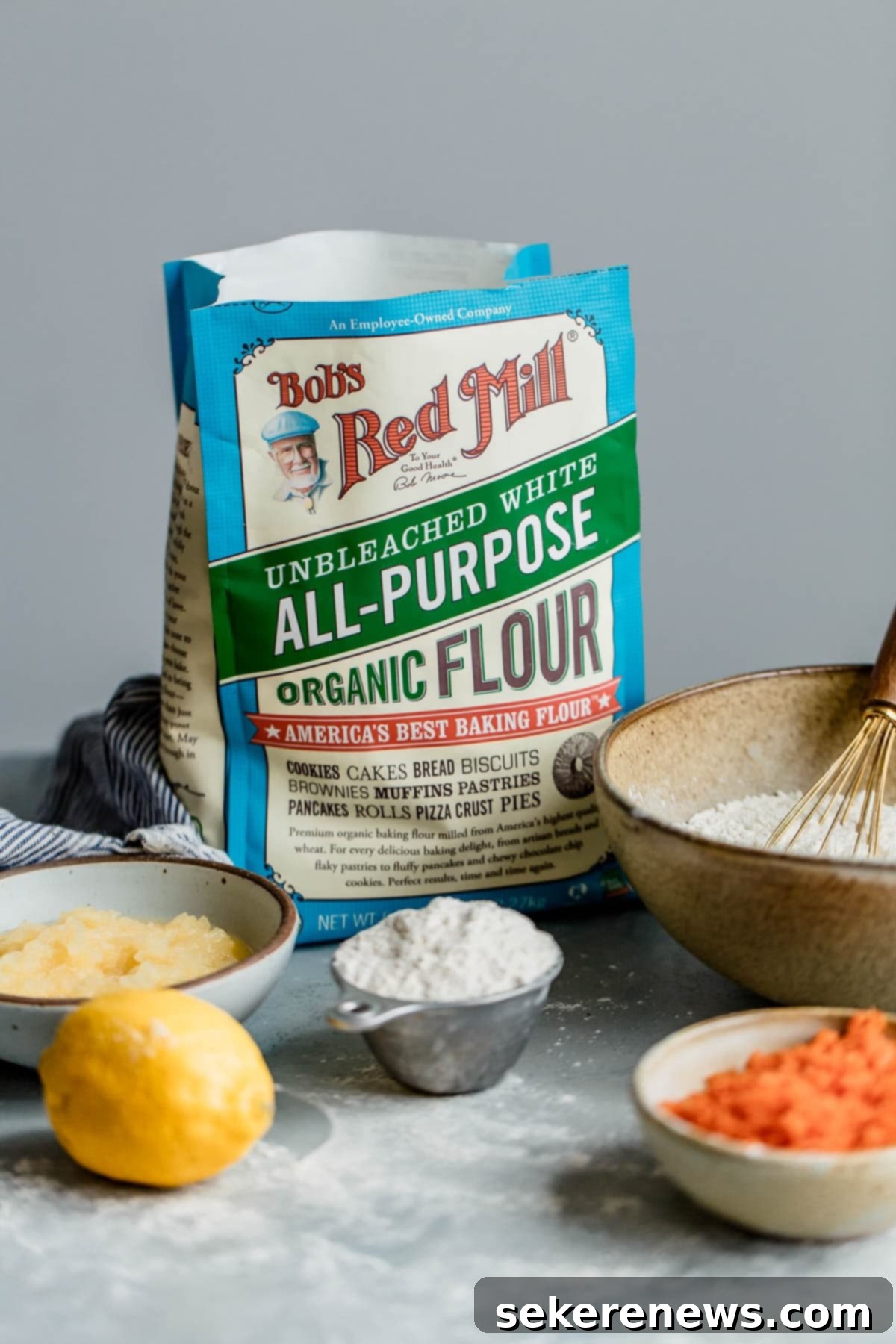Baking Battle: Cake Flour vs. All-Purpose Flour – The Ultimate Guide to Perfect Texture and Smart Substitutions
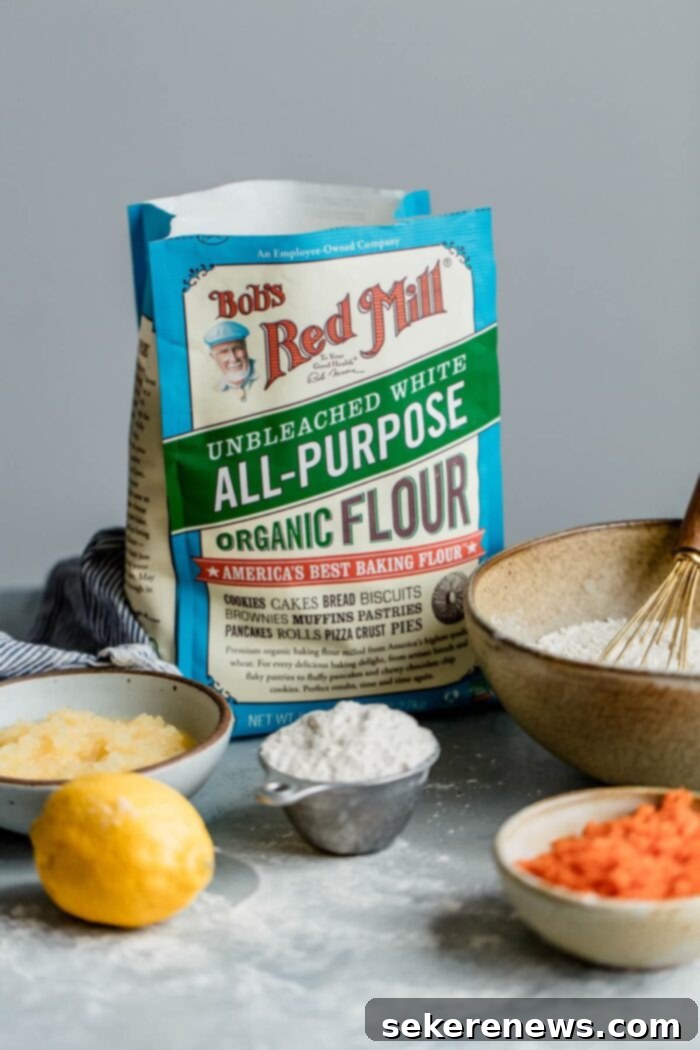
In the world of baking, flour isn’t just flour. It’s the foundational ingredient that dictates the structure, texture, and overall success of countless recipes, from airy cakes to chewy breads. Among the most commonly used types are cake flour and all-purpose flour, yet many home bakers are unsure of their distinct characteristics and when to choose one over the other. This guide takes a deep dive into the nuances of cake flour vs. all-purpose flour, equipping you with the knowledge to make informed decisions and achieve consistently perfect results in your kitchen. We’ll explore the science behind these essential ingredients, reveal how they impact your baked goods, and provide practical tips for substitutions when you’re in a pinch.
The Core Distinction: Protein Content in Flours
The primary and most crucial difference between cake flour and all-purpose flour lies in their **protein content**. This fundamental variation has a profound impact on how each flour behaves when mixed with liquid and subjected to heat, ultimately determining the final texture of your baked creations. Understanding these protein levels is the first step towards unlocking baking mastery.
While specific protein percentages can fluctuate slightly between brands, and even from batch to batch due to variations in wheat crops, a general range can be established. All-purpose flour typically contains 10%-12% protein. This moderate protein level makes it incredibly versatile, suitable for a wide array of recipes, hence its name “all-purpose.” It strikes a balance, providing enough structure for many bakes without making them overly tough or too delicate.
In stark contrast, cake flour boasts a significantly lower protein content, usually ranging from 6%-9%. This reduced protein percentage is purposefully designed to produce extremely tender, fine-crumbed baked goods. This deliberate difference is not accidental; it’s a result of the specific wheat varieties used and the milling processes involved, all geared towards achieving distinct textural outcomes.
Table of Contents:
- How Wheat Protein (Gluten) Affects Baked Goods
- Understanding All-Purpose Flour
- What is Cake Flour?
- Can You Substitute Cake Flour with All-Purpose Flour?
- Can You Substitute All-Purpose Flour with Cake Flour?
- Helpful Baking Science Articles
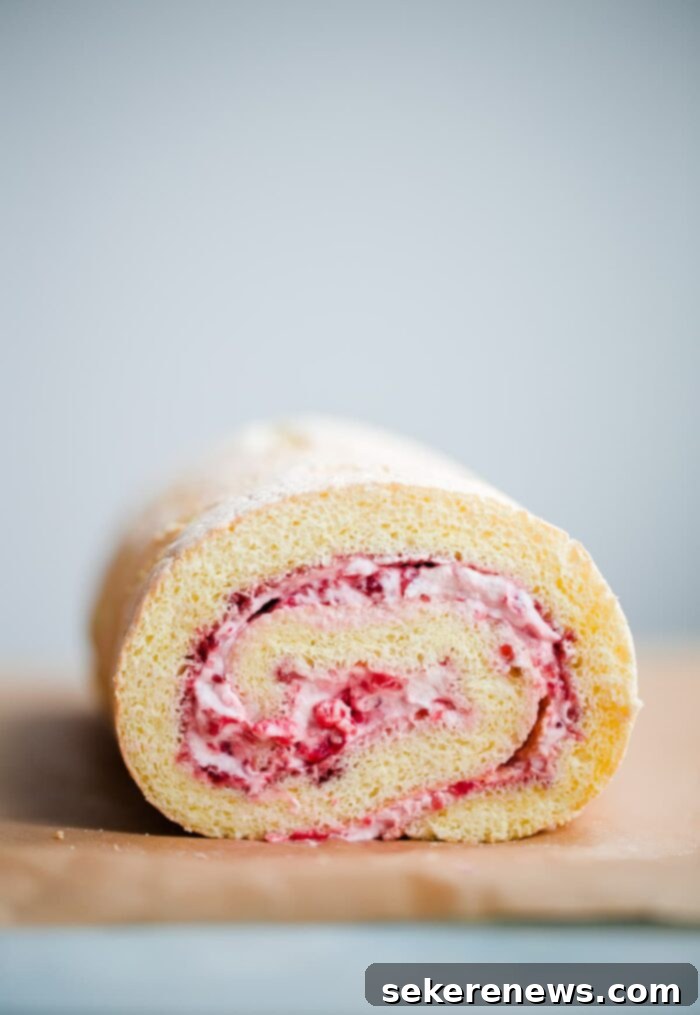
How Wheat Protein (Gluten) Affects Baked Goods
To truly understand the impact of cake flour and all-purpose flour, we must delve into the role of gluten. Gluten is not a single substance, but a collective term describing specific storage proteins – primarily glutenins and gliadins – found naturally in wheat, barley, and rye. These proteins are inactive in their dry, powdered form, existing as long, coiled chains of amino acids.
However, when flour is hydrated and subsequently worked, stretched, or kneaded, a remarkable transformation occurs. The glutenin and gliadin proteins begin to link together, forming a resilient, elastic network known as gluten. Imagine these proteins as tiny, flexible springs. As you mix or knead dough, these springs intertwine and stretch, creating a cohesive, extensible web. This network is what gives structure and elasticity to baked goods, allowing them to rise and hold their shape.
The more a dough is kneaded, the more these gluten bonds strengthen and align, leading to increased elasticity and extensibility. This unique characteristic is fundamental to various baking applications. For instance, strong gluten networks are essential for creating the airy structure and satisfying chew of sourdough bread, the flaky layers of pie dough, or the firm texture of homemade pasta. It’s the gluten that prevents thin sheets of puff pastry from breaking during rolling and allows bread loaves to achieve impressive volume.
The protein content in flour directly influences the potential for gluten development. Flours milled from “hard” wheat varieties, such as hard red winter wheat, naturally have higher protein levels, enabling the formation of stronger, more robust gluten networks. These are ideal for recipes requiring significant structure and chew. Conversely, flours derived from “soft” wheat varieties, like soft white wheat, possess lower protein content, resulting in weaker gluten formation and a more tender, delicate crumb. These different wheat strains are specifically utilized to produce the various types of flours tailored for diverse baking needs.
For example, the higher protein in bread flour (typically 12-14%) compared to all-purpose flour allows for the creation of a much stronger, more elastic gluten network. This translates to chewier, more voluminous bread with a superior rise. Understanding this interplay between protein, gluten, and texture is the cornerstone of successful baking.
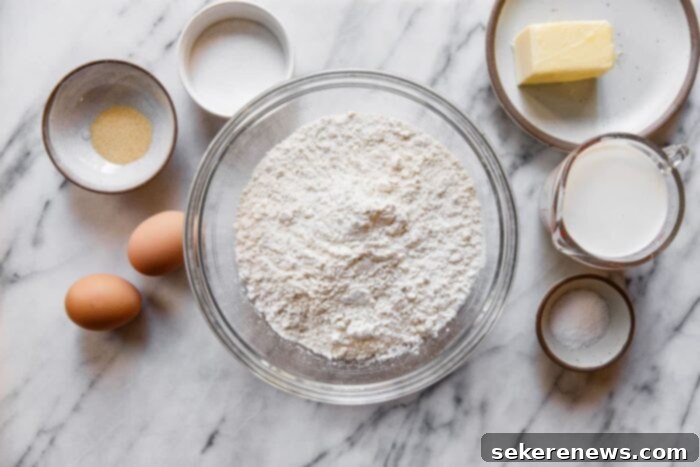
Understanding All-Purpose Flour
All-purpose flour, often abbreviated as AP flour, truly lives up to its name as the workhorse of the baking world. It’s a blended flour, typically made from a mixture of hard and soft wheat, designed to be versatile enough for a broad spectrum of recipes. Its moderate protein content, usually between 10% and 12%, provides a balanced foundation for both structure and tenderness.
This “middle ground” protein level means that AP flour can develop enough gluten to give body to breads and chew to cookies, yet not so much that it makes cakes tough or biscuits crumbly. It’s an excellent choice for everyday baking tasks such as making cookies, muffins, pancakes, quick breads, pie crusts, and even some lighter yeast breads. For many home bakers, it’s the only type of flour they keep on hand, and for good reason – it performs adequately in most situations.
While all-purpose flour is a reliable choice for general baking, its versatility also means it’s not always the *best* choice for highly specialized recipes. When a recipe calls for extreme tenderness (like an angel food cake) or extreme chewiness (like a robust artisan bread), a more specialized flour like cake flour or bread flour will yield superior results. Nevertheless, for the majority of home baking, AP flour remains an indispensable and highly effective ingredient.
What is Cake Flour?
Cake flour is specifically engineered for delicate baked goods where a tender, fine, and crumbly texture is desired. It is primarily milled from soft, low-protein wheat strains, such as ‘club wheat,’ which inherently limits the potential for strong gluten development. This low protein characteristic is absolutely essential for achieving light-as-air results, making it the preferred choice for recipes where a minimal gluten network is paramount.
Beyond its low protein content (6%-9%), cake flour undergoes a unique milling process that results in an extra-fine texture. This fine granulation means it absorbs liquids very quickly and evenly, contributing to a smooth batter and a consistently soft crumb. Furthermore, many commercial cake flours, like the popular Swan brand, are bleached. The bleaching process isn’t just for aesthetics; it actually further weakens the protein bonds in the flour and alters the starch molecules, allowing the flour to absorb more liquid and fat. This results in a moister, softer, and more tender cake that is less prone to shrinking.
It’s also common for some cake flour brands to include cornstarch in their blend. You can often verify this by checking the ingredient list. The addition of cornstarch effectively dilutes the protein and gluten content of the flour even further, enhancing its tenderness-producing qualities. This is precisely the principle behind many DIY cake flour recipes, which we’ll discuss in detail in the substitution section below.
The qualities of cake flour – low protein, fine texture, and often bleaching or cornstarch addition – make it disastrous for items that require strong structure and chew (like artisanal bread), but absolutely ideal for creating incredibly tender and airy baked goods. Think ethereal sponge cakes, lofty angel food cakes, melt-in-your-mouth biscuits, delicate cupcakes, and ultra-light muffins. When a recipe calls for a truly delicate crumb, cake flour is the undeniable champion.
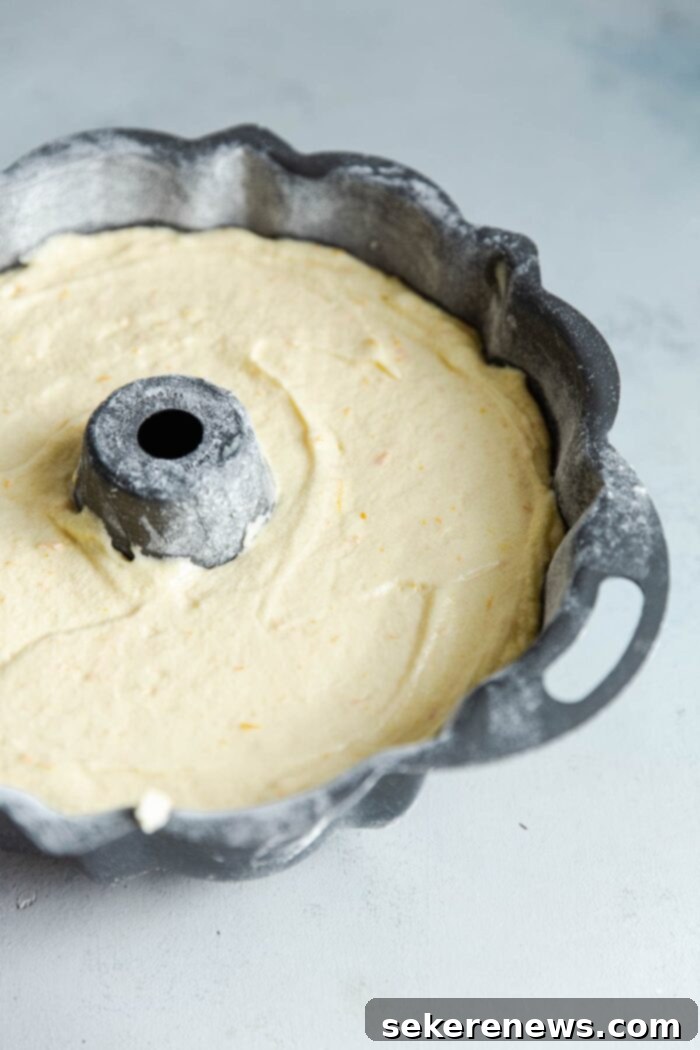
Can You Substitute Cake Flour with All-Purpose Flour?
While convenience often tempts us to make quick substitutions, it’s generally recommended to stick to the flour type specified in a recipe, especially when cake flour is explicitly called for. This is particularly crucial for delicate baked goods like **genoise cakes**, light sponge roll cakes, **angel food cakes**, and certain **layer cakes** where the characteristic tender, airy crumb is paramount to the recipe’s success. Substituting directly with all-purpose flour in these instances will almost inevitably lead to a drier, heavier, and tougher crumb due to the higher protein content and stronger gluten development of AP flour.
Cake flour, with its low protein, finely textured, and often bleached composition, is engineered for maximum tenderness and moisture absorption. All-purpose flour simply cannot replicate these properties perfectly. While white pastry flour is a closer alternative due to its lower protein levels than AP flour, it can still vary and is often harder to find in standard grocery stores.
However, if you find yourself without cake flour and the recipe absolutely demands it, there is a common, relatively effective DIY substitute you can create using all-purpose flour and cornstarch. This method aims to mimic cake flour’s low protein content by essentially diluting the gluten-forming proteins in the all-purpose flour. Here’s how to do it:
Cake Flour Substitute: For every cup of cake flour required, use 2 tablespoons less all-purpose flour and then add 2 tablespoons of cornstarch. For the best results, sift this mixture together thoroughly multiple times (at least 3-4 times) to ensure the cornstarch is evenly distributed throughout the flour. This also helps to lighten the flour, mimicking cake flour’s fine texture.
Metric/Volume Equivalent for 1 cup cake flour: 14 tablespoons (105 grams) all-purpose flour + 2 tablespoons (16 grams) cornstarch.
Why Cornstarch? This substitution works by leveraging cornstarch’s naturally gluten-free nature. By replacing a small portion of the higher-protein all-purpose flour with cornstarch, you effectively reduce the overall protein percentage of your flour mixture. This weakens the potential for gluten development, resulting in a more tender crumb similar to what true cake flour provides. While this is not a perfect, chemically identical equivalent to commercial cake flour, it is a highly functional and widely accepted workaround that can save your recipe in a pinch and produce surprisingly good results.
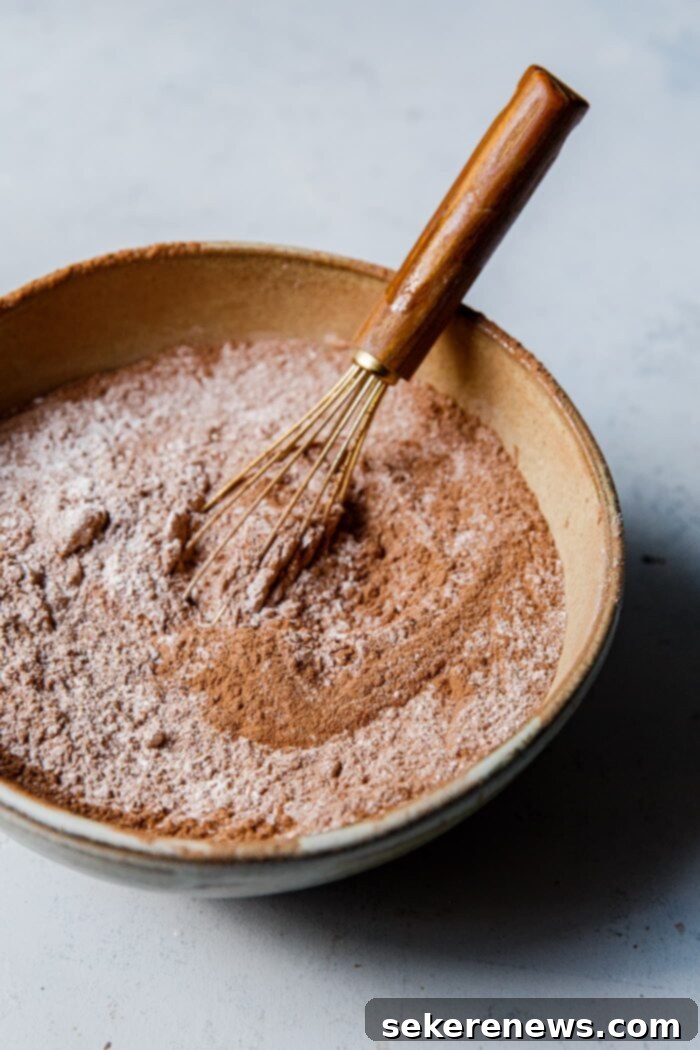
Can You Substitute All-Purpose Flour with Cake Flour?
Yes, in many situations, you can successfully substitute cake flour for all-purpose flour, and doing so can even be beneficial! This substitution is particularly advantageous when your goal is to deliberately hinder gluten development – meaning you want to minimize chewiness, elasticity, and extensibility – in favor of achieving a tender, light, and wonderfully fine crumb. While all-purpose flour is versatile, some recipes can genuinely be improved by the delicate touch of cake flour.
Recipes for light cakes and cupcakes, such as a classic vanilla cupcake, a delicate sponge cake, or even certain shortbread cookies, are excellent examples where using cake flour instead of all-purpose flour can lead to noticeably superior results. The lower protein content of cake flour ensures that the gluten network remains weak and tender, preventing the baked good from becoming tough or rubbery, even with moderate mixing.
When making this substitution, it’s important to account for the difference in density and absorption rates. Cake flour is typically lighter and more absorbent than all-purpose flour. Therefore, a direct 1:1 volume substitution might lead to a slightly too dry batter or dough. To compensate for this, a small increase in the amount of cake flour is usually recommended:
Substitution Guide: For every cup of all-purpose flour called for in a recipe, use 1 cup plus 2 tablespoons of cake flour. This slight increase in volume helps to account for cake flour’s lighter density and ensures proper hydration and structure in your final product.
Metric/Volume Equivalent for 1 cup all-purpose flour: 1 cup plus 2 tablespoons (126 grams) cake flour.
By making this adjustment, you’ll be well on your way to creating baked goods with an exceptionally tender crumb, a lighter mouthfeel, and a more refined texture that often sets professional-quality bakes apart. Don’t be afraid to experiment with cake flour in your favorite all-purpose flour cake and cupcake recipes; you might discover a delightful new standard for tenderness!
Choosing the Right Flour: A Summary for Bakers
The choice between cake flour and all-purpose flour ultimately comes down to the desired texture of your final baked good. If you’re aiming for a delicate, melt-in-your-mouth crumb that practically dissolves, cake flour is your best friend. Its low protein content actively prevents the formation of strong gluten networks, ensuring a tender and fine texture perfect for sophisticated cakes, sponges, and light pastries.
On the other hand, all-purpose flour offers unparalleled versatility. Its balanced protein level provides enough structure for everyday baking while still allowing for a reasonable degree of tenderness. It’s the go-to for cookies, muffins, quick breads, and most family-friendly desserts. While it can be substituted for cake flour with some modifications, remember that the results will likely be slightly denser than with pure cake flour.
Understanding these fundamental differences empowers you as a baker. It allows you to not just follow recipes, but to truly comprehend why certain ingredients are chosen and how they contribute to the final product. Experiment with both types of flour, pay attention to the textures they produce, and don’t hesitate to apply the substitution techniques discussed here. With this knowledge, you’re well-equipped to elevate your baking from good to truly exceptional.
Other Helpful Baking Science Articles:
- Bread Flour vs. All-Purpose Flour: Understanding the Differences
- Flour 101: Different Types of Flour for Baking (and the Differences Between Them)
- How to Measure Flour: Precision for Perfect Results
- Understanding Gluten: What It Is and How It Works in Baking
